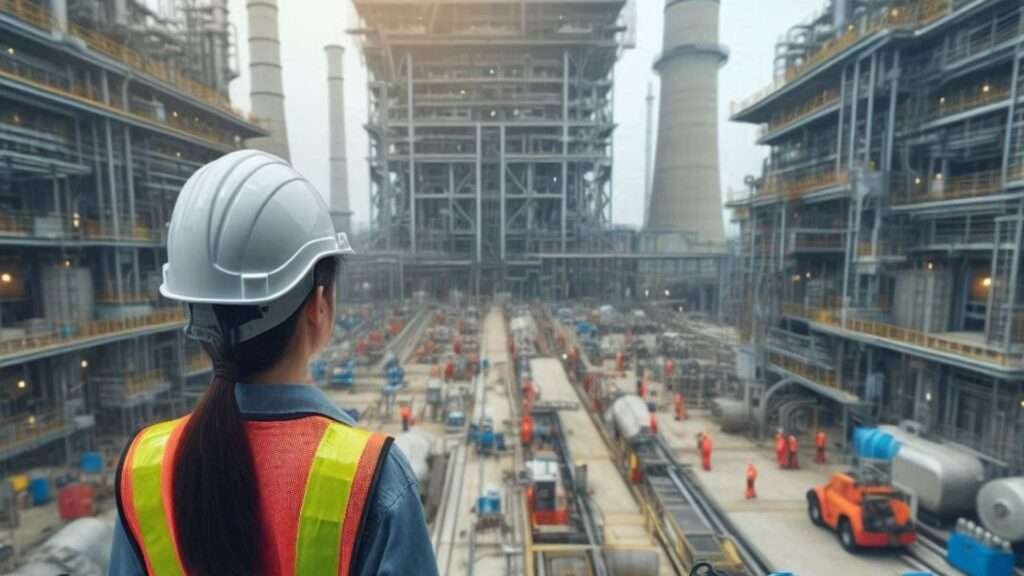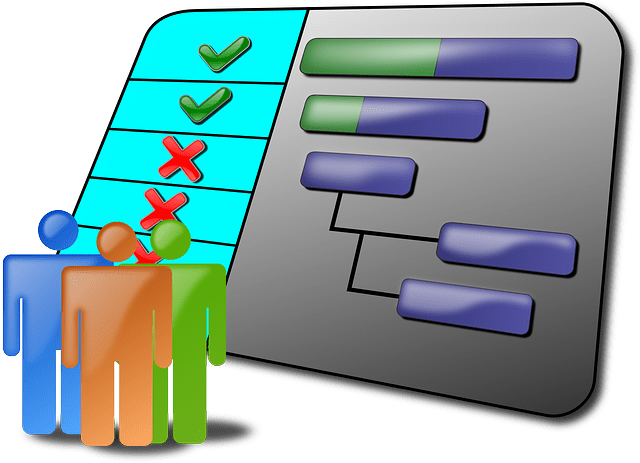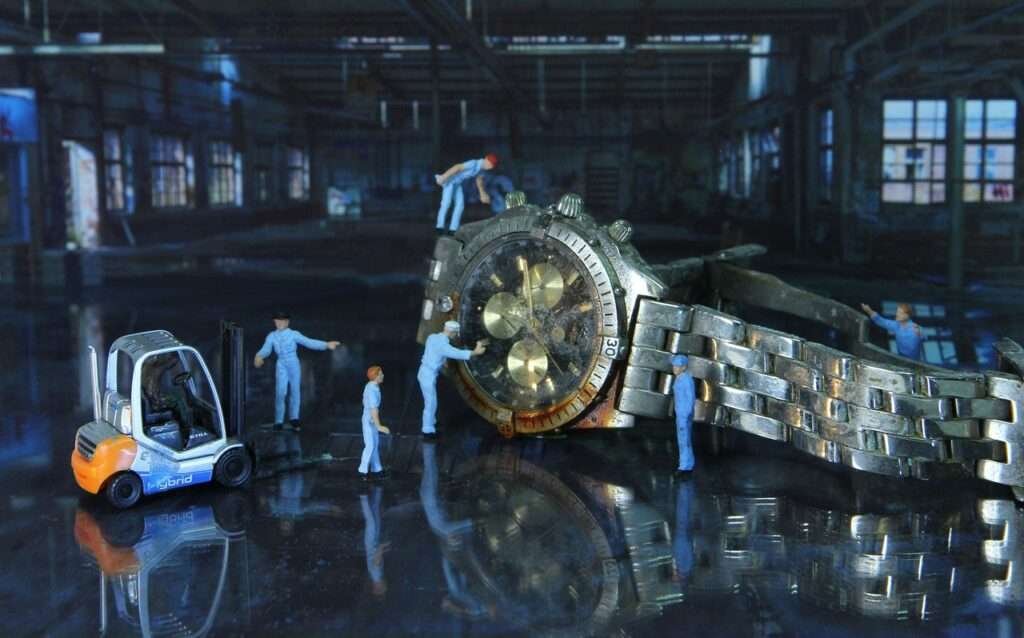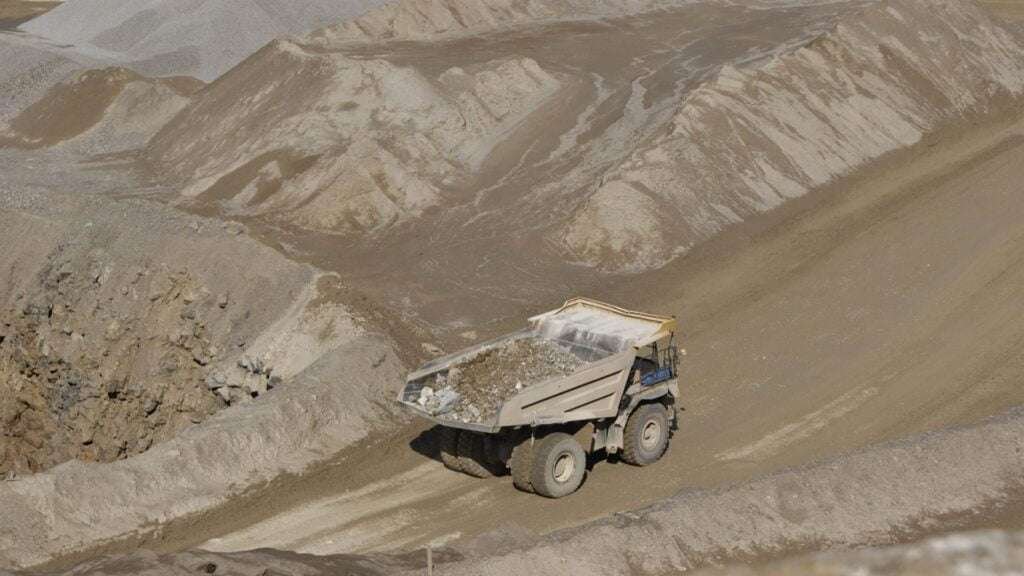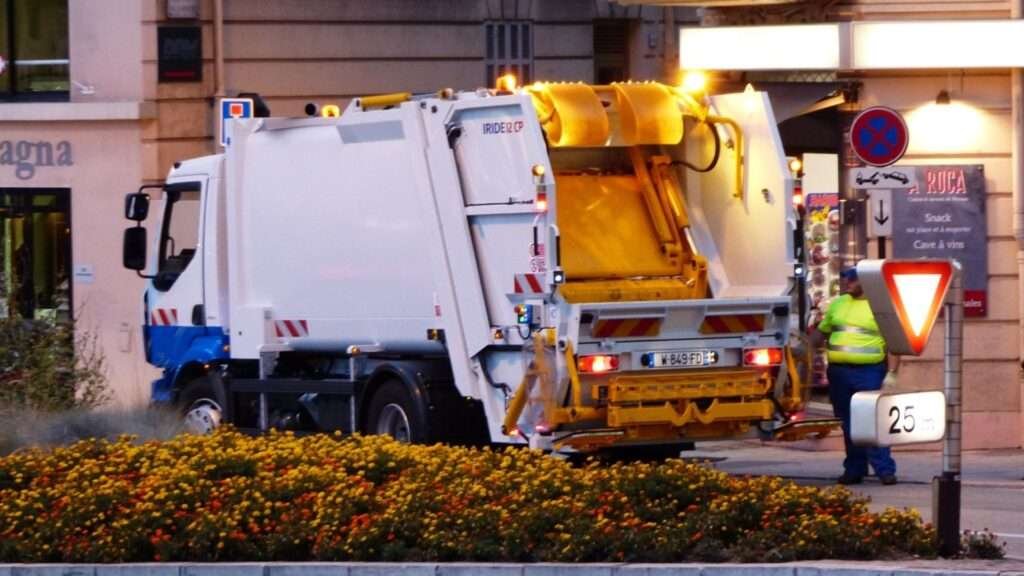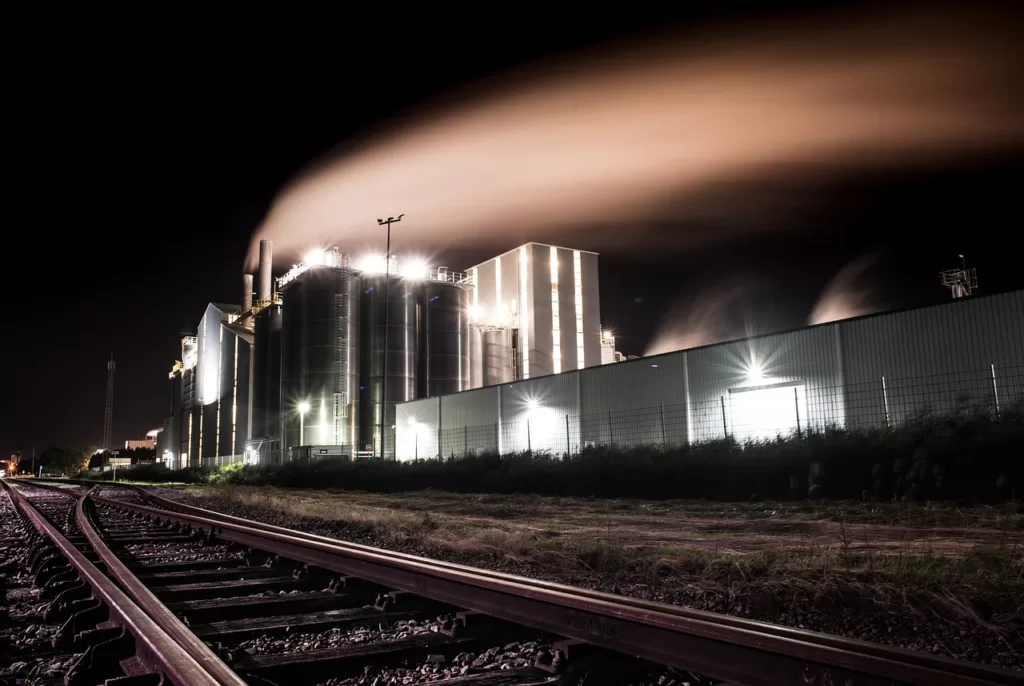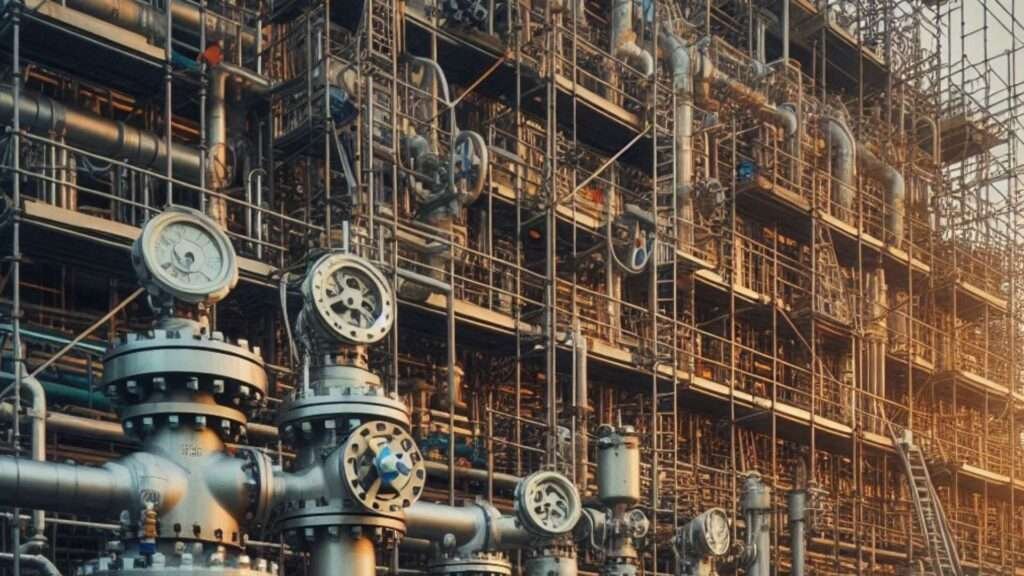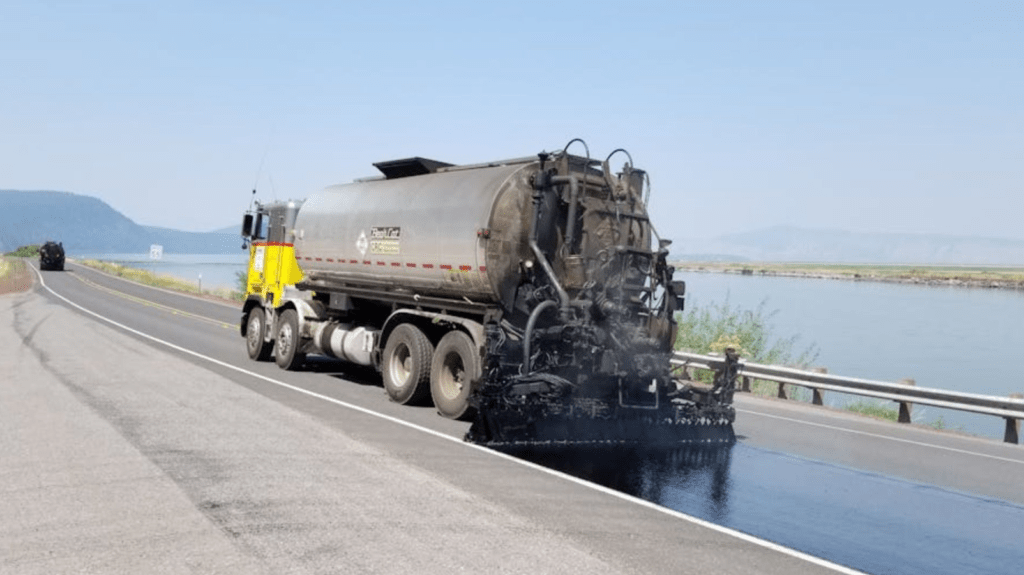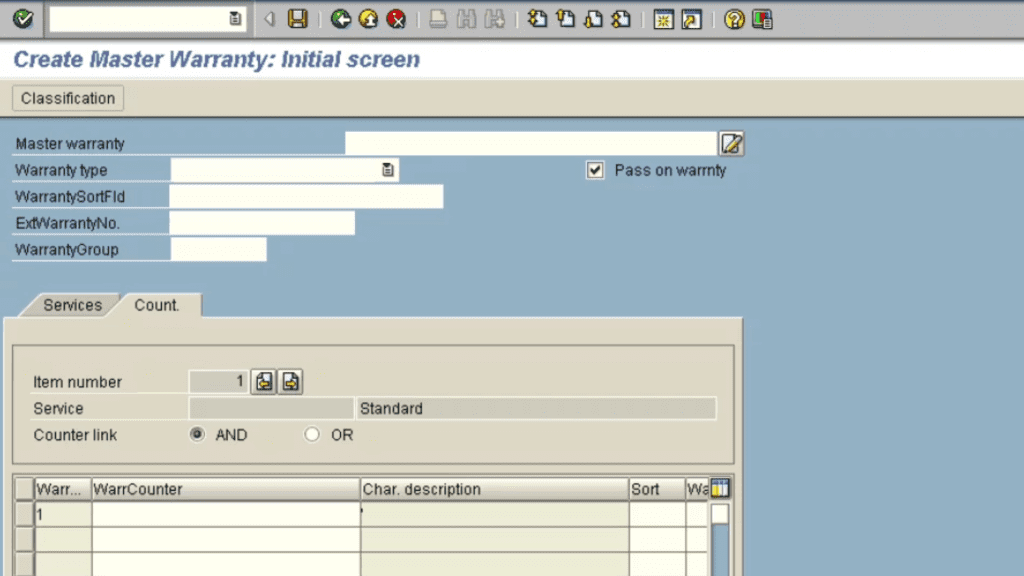Unleash the full potential of your Asset Management System
CMMS Success is possible.
Navigating the CMMS Success Journey.
How To Achieve CMMS Success
To achieve CMMS success and unleash the full potential of your expensive software, here are 18 goals you could work towards:
1) Define clear objectives and measurable key performance indicators (KPIs) for your CMMS implementation.
2) Gain buy-in and commitment from top management and all stakeholders involved.
3) Establish a dedicated CMMS implementation team with representatives from all relevant departments.
4) Conduct a thorough analysis of your current maintenance processes and workflows.
5) Customize the CMMS to align with your organization’s specific needs and requirements.
6) Develop a comprehensive data migration plan to transfer historical data into the new system.
7) Create a detailed training plan for all users, tailored to their roles and responsibilities.
8) Ensure proper set-up & configuration of the CMMS, including asset hierarchies, preventive maintenance and materials management.
9) Integrate the CMMS with other systems, such as your process operating systems or production automation systems, if applicable.
10)Develop standardized procedures and best practices for using the CMMS effectively.
11) Encourage user adoption through ongoing training, support, and change management initiatives.
12)Regularly review and optimize maintenance processes and workflows within the CMMS.
13)Leverage the CMMS for data-driven decision-making and continuous improvement.
14)Establish robust security protocols and user access controls to protect sensitive data.
15)Implement a structured system for tracking and resolving issues or bugs encountered.
16)Regularly back up and maintain the CMMS database to ensure data integrity.
17)Stay up-to-date with software updates, patches, and new features from the vendor.
18)Continuously measure and analyse your performance to evaluate the success of your CMMS implementation and identify areas for further improvement.
Upgrading and replacing your company desktop and laptop computers on a regular basis can help maintain high user satisfaction levels when using the CMMS software, but it may not necessarily be an essential goal for achieving CMMS success.
Having up-to-date hardware with sufficient processing power, memory, and graphics capabilities can contribute to a smooth and responsive CMMS user experience.
Older or under-powered computers may struggle with running the CMMS software efficiently, leading to frustration and reduced productivity among users.
However, it’s important to strike a balance between keeping hardware reasonably current and managing costs.
A hardware refresh cycle of every 3-5 years is often recommended for business computers, but the optimal timeline may vary depending on your organization’s budget, workloads, and the CMMS vendor’s system requirements.
Instead of making it a standalone goal, you could consider incorporating hardware refreshes into your overall CMMS implementation and maintenance plan. For example:
Assess hardware requirements specified by the CMMS vendor and ensure new computers meet or exceed those specifications.
Establish a hardware refresh schedule aligned with your organization’s typical replacement cycles or budget cycles.
Include hardware costs in your CMMS project budget and ongoing operational expenses.
Test the CMMS software on new hardware models before widespread deployment to identify and resolve any compatibility issues.
Use a holistic approach and integrate hardware management into your CMMS strategy. This will help ensure a positive user experience while balancing costs and prioritising your primary CMMS implementation goals.
Try to always remain focussed on your goals, this will increase the likelihood of a successful CMMS implementation, maximize the return on your investment, and unlock the full potential of the software to benefit your business.
The 20 Steps To Asset Management Success.
Typically, your company’s assets are just as important to the success of its employees as they are to the company’s owners or shareholders.
To ensure long-term employment for workers and asset longevity without causing financial strain, a comprehensive set of asset management objectives must be implemented. These objectives should encompass governance, safety, security, maintenance, budgeting, operational excellence, and sustainability.
The following 20 asset management plan goals could be used to ensure that you and your company get the most out of your assets for as long as possible while not breaking the bank:
1. Establish a dedicated governing group within your company to oversee the management and operation of your assets.
2. Implement strict access controls and security protocols to prevent unauthorised access or tampering of your assets.
3. Develop comprehensive maintenance and inspection programs to ensure your assets reach & sustain optimal performance and longevity.
4. Create a robust training program for all personnel involved in the operation and maintenance of your assets.
5. Mandate the use of specialised handling equipment and procedures to minimise the risk of damage during transportation or relocation of any of your assets or their components.
6. Implement redundancy measures, such as backup systems and failsafe mechanisms, to prevent complete failure or data loss associated with the operating systems for your assets.
7. Establish a rigorous quality control process for all materials used with the corrective repairs and preventive maintenance of your assets.
8. Develop a detailed disaster recovery plan to address potential natural disasters, accidents, or cyber threats that could render your assets inoperable.
9. Mandate the use of environmentally controlled facilities to house your assets that are vulnerable mother nature and all her fury to and maintain optimal operating conditions.
10. Implement strict inventory management protocols for all spare parts, consumables, and tools required for maintenance and repair.
11. Establish secure storage facilities to ensure the availability of critical spare parts and components for your assets.
12. Develop a comprehensive data management and storage strategy to safeguard intellectual property and operational data associated with your assets.
13. Implement a robust cyber-security program to protect your assets and their operating systems from cyber threats & intruder access.
14. Establish an approved network of specialised repair and maintenance facilities to do your rotable and repairable items, this will help minimise downtime and ensure timely repairs.
15. Mandate the use of advanced monitoring and diagnostic systems to detect potential issues before they become critical.
16. Develop a sustainable budgeting model to ensure your long-term operation and maintenance is guaranteed without overburdening any single department or the entire company.
17. Implement a transparent and equitable cost-sharing model to distribute your operational and maintenance expenses among the departments of your company.
18. Establish a research and development program to continually improve your assets capabilities and efficiency.
19. Mandate the use of environmentally sustainable practices with the operation & maintenance of your assets to reduce ecological impact.
20.Develop comprehensive decommissioning & disposal plans for the end-of-life cycle process for your assets, ensuring the safe, economical & responsible handling of any fragile, hazardous, valuable or recyclable materials or components of your assets.
By implementing these asset management plan goals, your company can ensure assets longevity, safety, compliance, reliability, and financial appeal of your assets, maximizing their potential to improve the overall bottom line of your company.
You Can Contact Us

We're Ready, Let's Talk.
Contact Info
Address
PO Box 784, Muswellbrook, NSW, Australia
Email Us
admin@cmmssuccess.com
Call Us
0448 687 451



